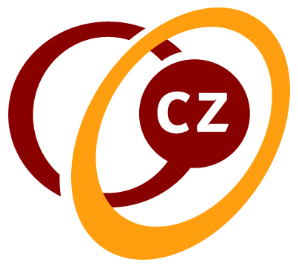Value-Based purchasing contracts
In healthcare, transition from volume to value is challenging but widespread. Considering the importance of value based healthcare and the ambition of hospitals and health insurers to offer excellent quality of care, there is a high need for innovative forms of value based contracts.
In the Netherlands, the DOT-system of product classification is used in healthcare. The registered and delivered care is paid, which actually means that volume is rewarded instead of quality or efficiency. In other words, a hospital is compensated for every procedure and thus often rewarded when performing badly, e.g. because of performing re-interventions or additional procedures due to the appearance of complications after heart surgery; on the other hand, when providing high-quality care and thus less care, the hospital does not receive any rewards.
Considering the importance of value based healthcare and the ambition of hospitals and health insurers to create the highest patient value, we were seeking a form of value based contracts. The Catharina Hospital in Eindhoven (The Netherlands) and the healthcare insurance company CZ developed the first model for value based healthcare purchasing based solely on patient relevant outcomes.
Crucial principles of value based healthcare, as described by Porter (2010), are integrated in the model regarding value based purchasing contracts:
· Patient value is central
· Quality improvement is rewarded by incentives which are used for further quality improvement in the Catharina Hospital
· In the concept, the whole medical condition is included;
· Patient relevant outcome measures, based on the selection which is used in Meetbaar Beter and are being aligned with the ICHOM initiative, are used to measure value;
· Comparisons of results take place – historical data of the hospital are compared to recent data since the model rewards in case of improvement – while outcomes are also risk-adjusted;
· And the outcome measures hierarchy is applied when determining whether the hospital succeeded in achieving quality improvement.
The contract that is signed relates to heart patients with coronary artery disease and atrial fibrillation. Apparently, when proven successfully, it can be extended to other medical conditions in the field of heart diseases and other medical conditions.
The presented model is a first step that offers great promise in continuously improving health outcomes and thus achieving higher patient value. In the interaction between healthcare providers and insurers the focus is on patient value and all stakeholders now use the same outcome measures in defining and determining quality. Further optimization of the model is high on the agenda of both the hospital and the healthcare insurer, and all this with the aim to increase patient value. Therefore, the model will be evaluated every year and adapted, when desirable/necessary.


